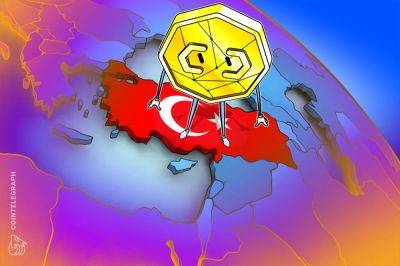What is Moore’s law, and how does it impact cryptography?
A fundamental concept in the technology sector, Moore’s law foretells the exponential rise in computing power over time and is named after Gordon Moore.
Gordon Moore, the co-founder and emeritus chairman of Intel Corporation, proposed Moore’s law in 1965. According to him, the number of transistors on microchips — the fundamental building blocks of electronic devices — will double roughly every two years while their production costs will stay the same or even go down. The consequences of this exponential rise in processing capacity for several facets of an individual’s digital life are vast. How does Moore’s law predict the exponential growth of computing power?
Cryptography is a crucial field where Moore’s law is applied. The possible computational capacity for encryption and decryption grows along with processing power as a result of transistor density being doubled.
For instance, as computers get more powerful, cryptographic techniques that were formerly thought to be extremely secure may become vulnerable to attacks. Therefore, stronger encryption techniques and longer key lengths are being developed to guarantee the security and privacy of digital communications.
Moore’s law explains the computing industry’s tremendous improvements, making it possible to produce smaller, more powerful, energy-efficient electronic products. This technological advancement significantly impacts several industries, including entertainment and healthcare.
Additionally, it stimulates economic growth through innovation, creates new markets for goods and services, and increases the effectiveness of existing ones. Maintaining a competitive edge in the market requires keeping up with Moore’s law, as those who adopt the newest technology get
Read more on cointelegraph.com






















